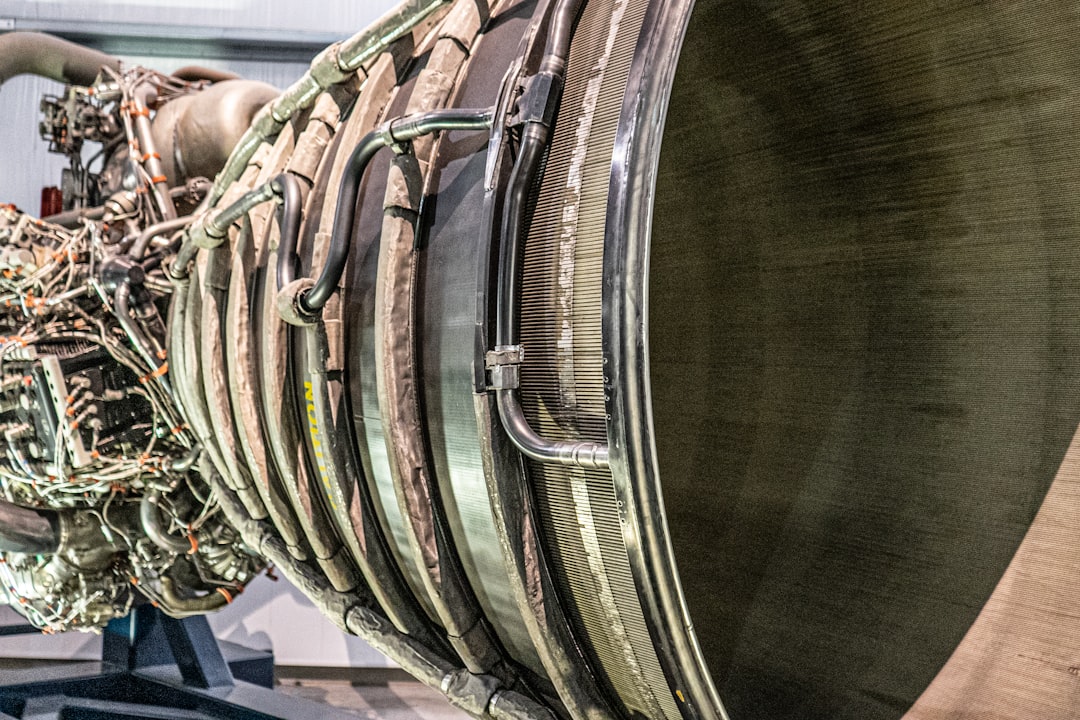What is it about?
There are many applications in which payloads are towed via cables beneath aircrafts. One such payload is a Time-domain-electromagnetic (TDEM) system. A TDEM system is a large ring-shaped instrument used for detecting water or minerals below the surface over which it is flown by a helicopter. Under the influence of aerodynamic loads during cruising, the cable towed TDEM system may undergo complex 3D motion and even destabilize, resulting in a loss of operation. To investigate the dynamics of a general 3D cable-payload system, such as this, we develop a sophisticated model for cable-payload system based on the state-of-the-art, geometrically exact beam theory. The dynamics of a model TDEM system under several flight conditions is then simulated to investigate (a) transient oscillations driven by complex aerodynamic loads, (b) steady-state payload configurations, and (c) stress in the cable at its point of attachment to the aircraft, which is helpful in designing such system. Our general formulation, with straightforward modifications of the payload model, will also be useful for other such cable-towed systems.
Featured Image

Photo by Faisal on Unsplash
Why is it important?
A computational model is formulated for the dynamics of a cable towed payload system that is attached to a driven tow point. As a specific application, a TDEM system is investigated that is used for surveying large areas for subsurface water or minerals. Some novel aspects of the present work are as follows. 1) Although few theoretical discussions on coupling of geometrically exact beams (governed by partial differential equations) with rigid bodies (governed by ordinary differential equations) are available, the computational implementation of this is neither easy nor available. However, this has been done here. 2) We use an aerodynamic model that computes the local normal and tangential forces and is consistent with recent available models. Furthermore, we include the von Kármán forces due to oscillating vortices, which has not been extensively investigated but can lead to unwelcome high-frequency payload response. 3) Our computational framework handles transient dynamics in 3D that we demonstrate through several examples.
Perspectives
There are a variety of other challenging engineering applications in which a cable-connected multibody system undergoes complex 3D motion, e.g., movement of stores, vehicles; mooring of underwater equipment; and air-to-air refueling. Our geometrically exact beam based framework can be easily extended to develop detailed computational models for such systems, thereby facilitating their design and optimization.
Abhinav Ravindra Dehadrai
Amrita Vishwa Vidyapeetham
Read the Original
This page is a summary of: Three-Dimensional Dynamics of Towed Underslung Systems Using Geometrically Exact Beam Theory, AIAA Journal, April 2021, American Institute of Aeronautics and Astronautics (AIAA),
DOI: 10.2514/1.j059134.
You can read the full text:
Contributors
The following have contributed to this page










